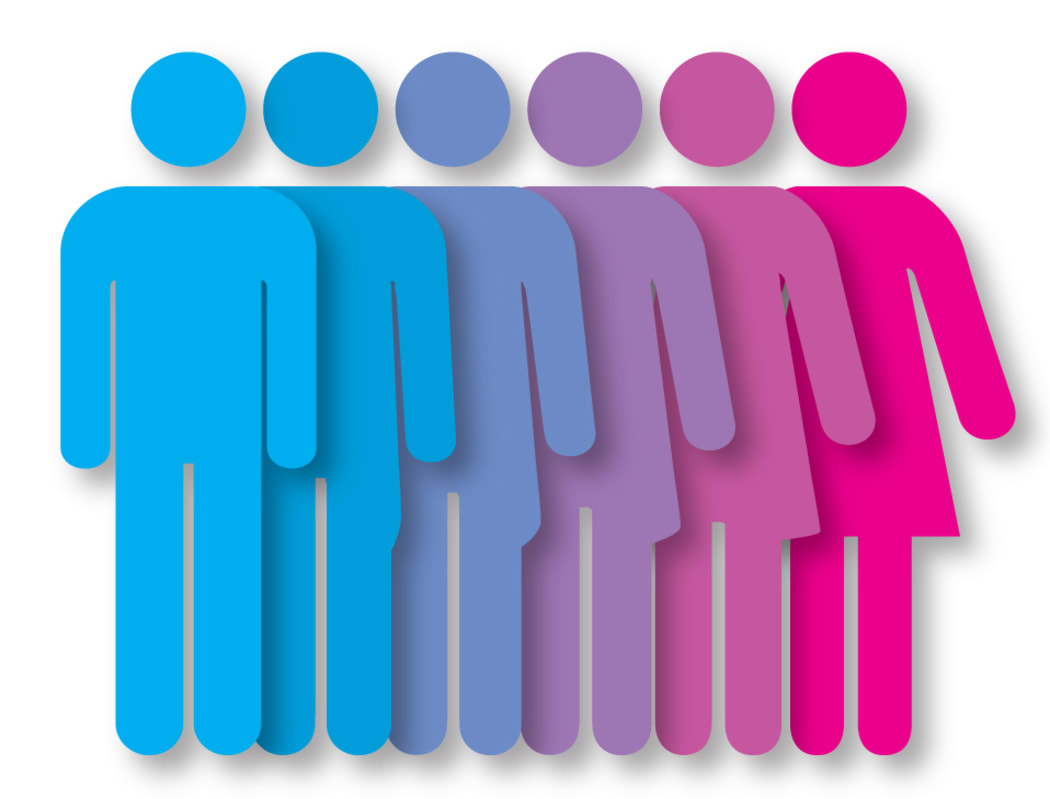"If somebody identifies as a woman, if that’s how they see themselves, it shouldn’t matter whether they have a vagina or a penis or neither or both" – Dr Pani Farvid.
Dr Pani Farvid is a social psychologist who specialises in gender research and is a senior lecturer at AUT.
Interview highlights:
Growing up, I generally thought the exception proves the rule – that most people with penises are men and most people with vaginas are women.
Dr Pani Farvid: Within our culture we hold on to this idea that genitals dictate your gender. But in reality there’s a difference between your biological sex and your socially ascribed gender. Your biological sex is determined by your chromosomal make-up and it differentiates people physically from each other. Men and women are identical apart from the sex chromosome which distinguishes you as male or female. Gender is the socialisation of boys and girls into masculinised and feminised individuals.
Within popular culture and media representations we have this idea that gender is inborn, that it’s biological, that it’s given at birth and connected to your genitalia. That is an absolute fallacy. It’s the number one rule in the scientific understanding of biology – gender is different to sex. Sex is your biological makeup and gender is a socially ascribed expression of cultural norms.
When you look at animal species, often the one who is in charge of reproduction has the highest status – so the person with the womb, who gives the birth, has the highest status. And within many animals the prettier of the species is the man because he has to attract the female’s attention – ducks, peacocks, fishes… Somehow humans have completely turned this upside down.
It seems to me in the last decade or so, in terms of expression of masculinity and femininity, there’s a greater gap, again, between men and women and what’s ideal in terms of how you look.
Dr Pani Farvid: I think that’s a really good point. This is what I like to call a regenderisation process. I’ve noticed in the last maybe 10 to 20 years there’s been a real push to fiercely promote differences between boys and girls and a push for boys to bulk up and be hypermasculine and for girls to be hyperfeminine.
Why do you think that’s happening, then?
Dr Pani Farvid: Typically when you have periods of progress when it comes to gender equality. – in the '60s and '70s we had second-wave feminism making strides – then you often have this swing or backlash. We saw that a little bit in the '80s, then in the 'girl power' Spice Girl period of the '90s there was a big resurgence around this ‘Girls can do anything’.
I almost feel like whenever we have these movements where the status quo, the gendered norm of patriarchal society, women are here, men are here… when we start to disrupt those, to question them, when there starts to be a noticeable change, there’s often a backlash. The closer we get to gender equality, the more there’s backlash to reinscribe the traditional ways of being. ‘Let’s emphasise how girls look again. Let’s make it all about how she looks.’
It’s not just something I think has been pushed by men on to women. It’s also something I think women have themselves chosen, to look more feminine, because I think they see a benefit in doing that.
Dr Pani Farvid: That’s a really interesting point. It’s quite a complex system that creates that. Our society idealises being slim, being young, being toned, being beautiful. Those things are winning at life when you’re a woman. So of course there’s going to be a huge pull to enact those and take them on, because it’s so idealised. It takes a lot to unlearn that gender system or unlearn the very limited and narrow versions of what it means to be a woman or a man.


